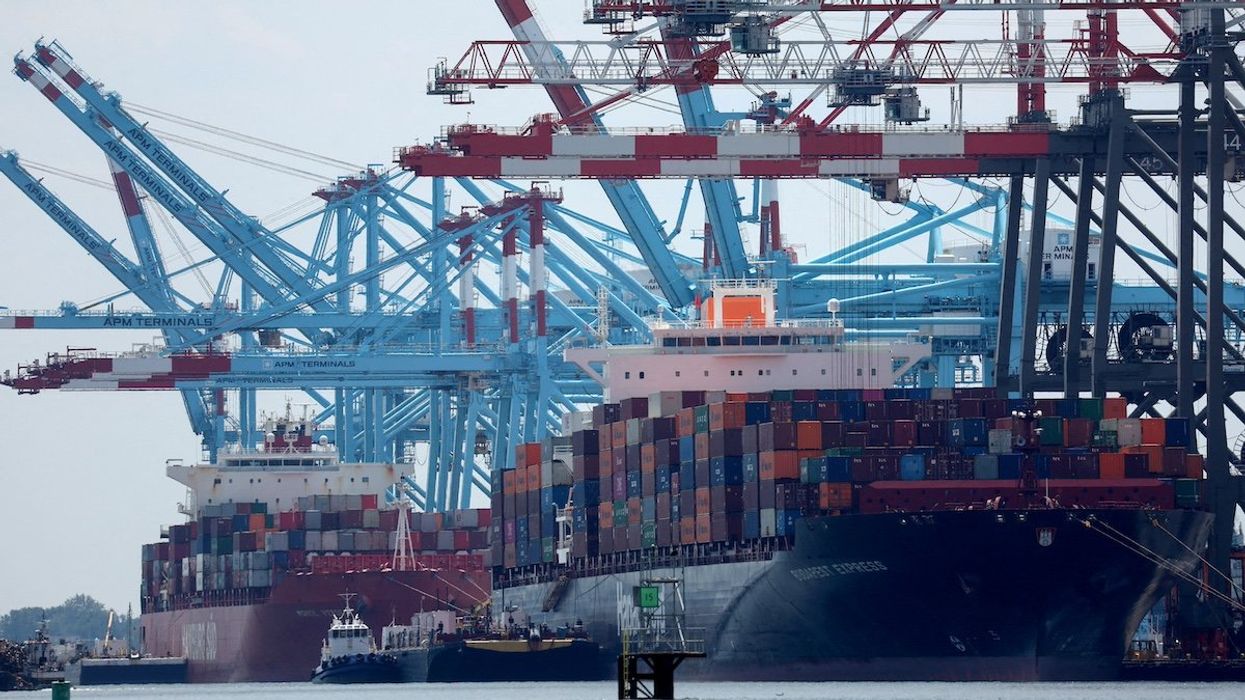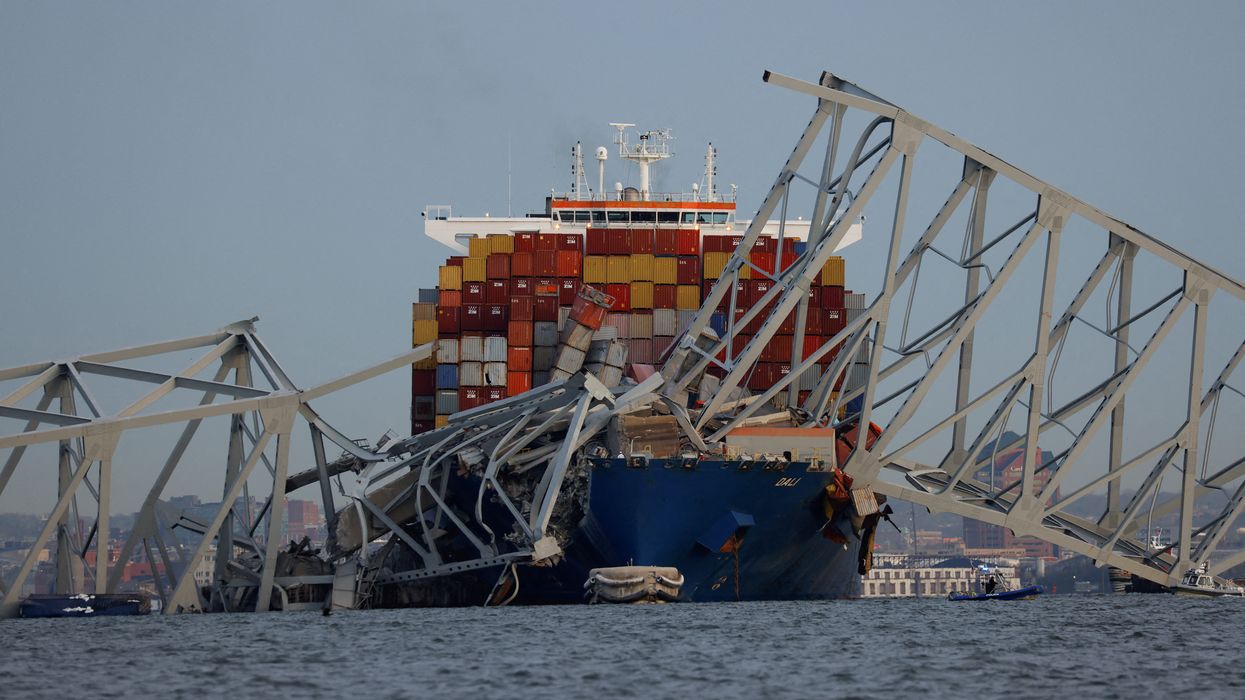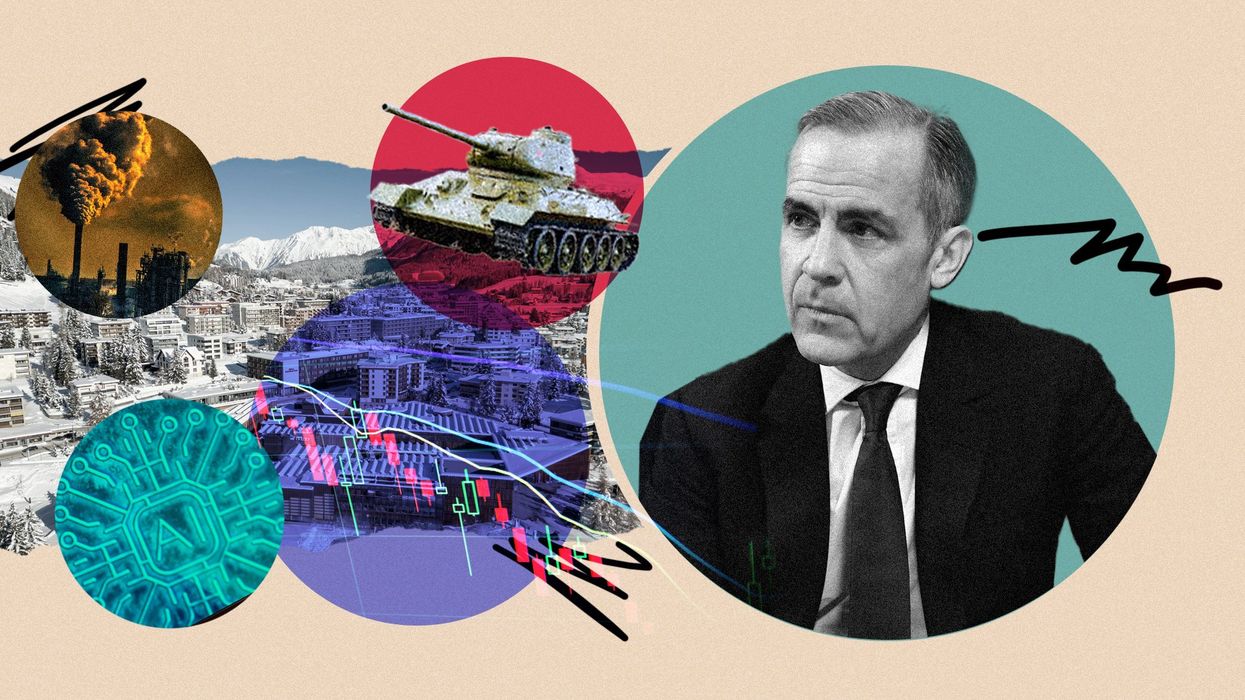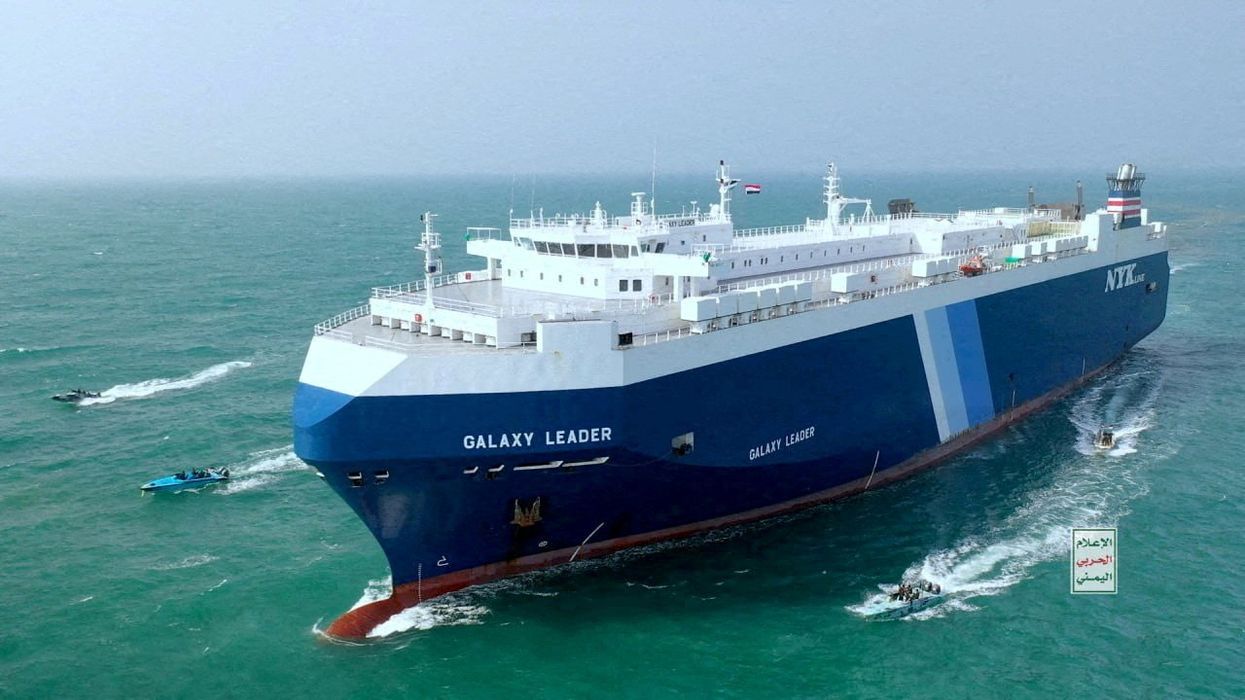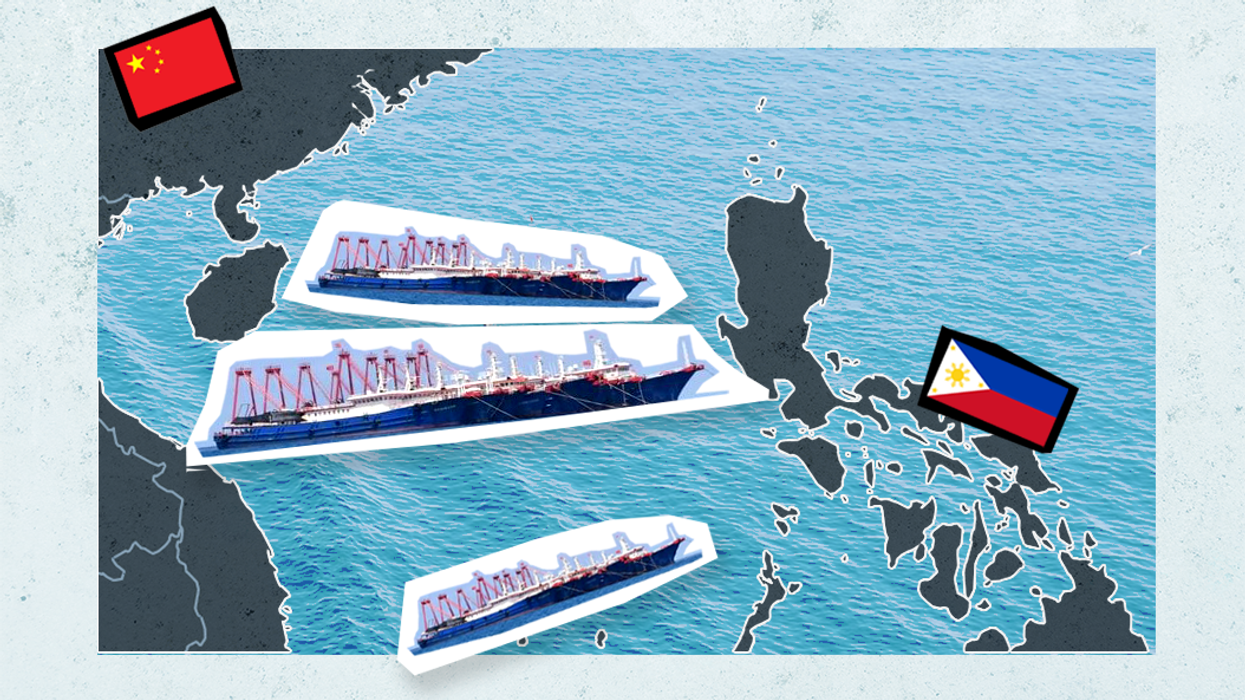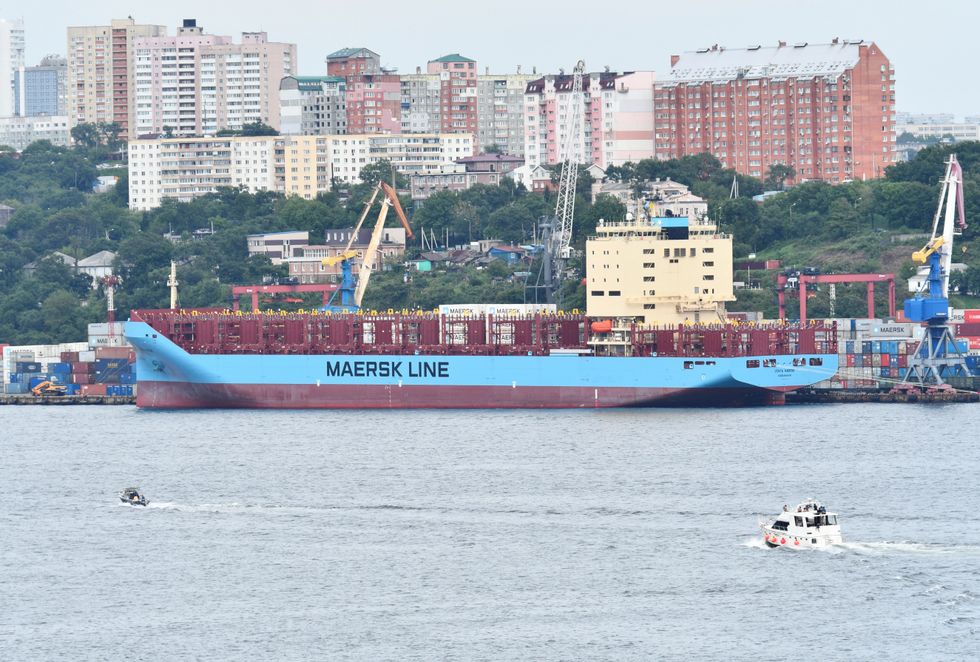GZERO North
Port strike could be huge headache
Workers and port authorities on the East and Gulf Coasts of the United States are headed for a potential strike on Oct. 1, which poses a huge threat to American businesses, and a political problem for the government of Joe Biden.
Sep 26, 2024
